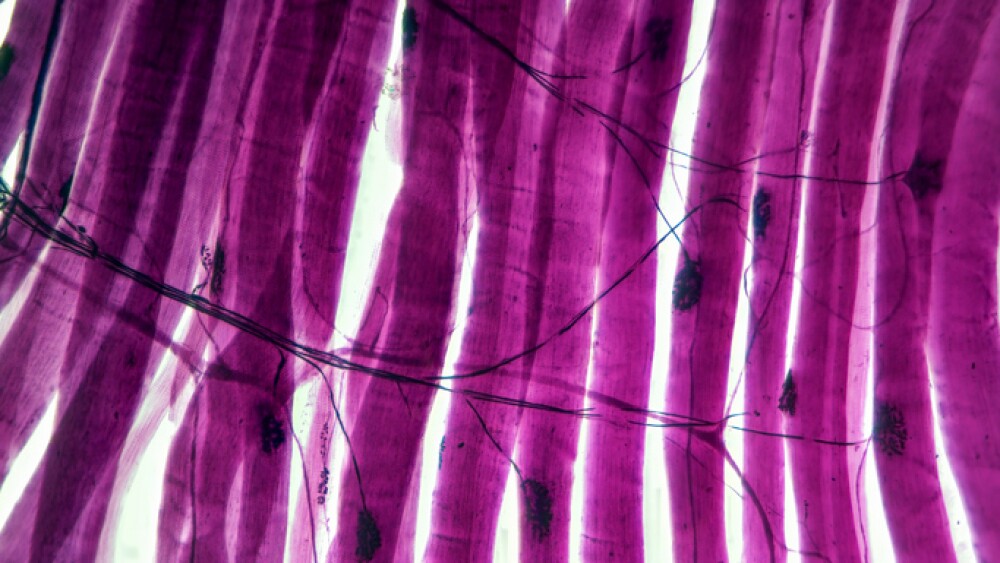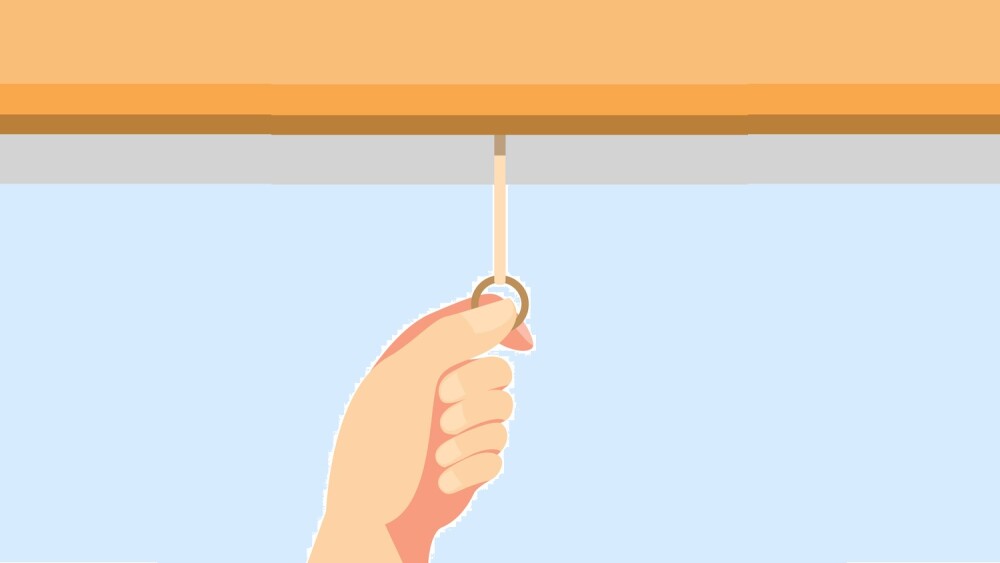Pleural Dynamics, a medical device company that is building solutions for chronic, recurrent fluid collections in the body, today announced that the Company has initiated “The ACES Study for Aseptic Pleural Effusions,” a post-market clinical study for the ACES™ Automatic Continuous Effusion Shunt System with the first device implantation performed at the University of North Carolina.
Pleural Dynamics brings to patients the first and only fully implantable automatic effusion shunt with no external catheters or expensive drainage canisters to patients, providing an innovative new option for pleural effusion care.
WAYZATA, Minn.--(BUSINESS WIRE)-- Pleural Dynamics, a medical device company that is building solutions for chronic, recurrent fluid collections in the body, today announced that the Company has initiated “The ACES Study for Aseptic Pleural Effusions,” a post-market clinical study for the ACES™ Automatic Continuous Effusion Shunt System with the first device implantation performed at the University of North Carolina at Chapel Hill by study site leader Jason Akulian, MD, MPH, MBA Associate Professor of Medicine and Section Chief of Interventional Pulmonology and Pulmonary Oncology at University of North Carolina Division of Pulmonary Diseases and Critical Care Medicine and Benjamin E. Haithcock, MD, Professor of Surgery and Anesthesiology, Interim Division Chief of Cardiothoracic Surgery. Pleural Dynamics is the first and only company to provide a fully implantable automatic effusion shunt that is powered by normal breathing and is designed for continuous symptom relief, and does not require an extended hospital stay, a catheter external to the chest, or expensive drainage canisters.
The current standard of care, pleurodesis, is often painful, requires an extended hospital stay, and is often unsuccessful requiring additional procedures to manage the effusion1. While an alternate approach—indwelling pleural catheters—exists, it requires that the patient have a portion of the catheter to be external to the chest and requires frequent drainage into proprietary external canisters to relieve symptoms. Pleural Dynamics’ patented ACES™ System addresses these shortcomings2 with its one-piece, fully implanted system that can be placed during a short hospital stay. This technology is designed to use normal breathing motion to automatically pump pleural effusion fluid out of the chest to the abdomen for reabsorption by the body eliminating the need for an external catheter and frequent drainage, providing ongoing symptom relief.
“Providing our patients with a solution that improves their quality of life and lessens the burden of maintaining an implanted medical device for their chronic medical condition has the potential to really change the way we manage pleural disease,” said Dr. Akulian. Added Fabien Maldonado, the study Principal Investigator, and Professor of Medicine and Thoracic Surgery at Vanderbilt University, “Through this study, we hope to demonstrate the clinical benefits of the ACES™ System, which may eliminate the need for pleurodesis with its associated long and expensive hospital stays and pleural catheters with their external drains, their frequent and burdensome drainage procedures as well as the costly drainage systems, and in so doing improve patient outcomes overall.”
In this prospective, single arm, multi-center registry, approximately 25 patients at several US centers who have experienced recurrent symptomatic pleural effusion will be enrolled. All patients in the study will have the change in pleural effusion volume measured to demonstrate ACES System function and assessments of shortness of breath, quality of life and healthcare utilization to demonstrate impact on patients’ health and well-being.
“This study seeks to build on the compelling performance of the ACES™ Automatic Continuous Effusion Shunt System we’ve observed in the lab, by providing real-world outcomes for this patient population,” said Martin Mayse, MD, Pleural Dynamics founder and CEO. “We believe making this unique solution available is an exciting proposition for physicians and patients alike.”
The ACES™ System received FDA 510(k) clearance in August 2023, and the initiation of this study marks the first stage of full market release of this system which will play a vital role in improving the lives of patients with intractable pleural effusion.
About Pleural Dynamics
Pleural Dynamics is Minnesota-based medical device company, founded in 2020 by pulmonologist Dr. Martin Mayse, and medtech veteran John Streeter. Frustrated with the current costly, cumbersome, and decades-old technologies to treat debilitating pleural diseases, Pleural Dynamics seeks to revolutionize care by bringing effective treatment options to patients and providers that reduce the overall cost of care through reductions in hospital stays, decreased caretaker labor and reduced infection rates.
For more information, visit https://www.pleuraldynamics.com/ and connect on LinkedIn at https://www.linkedin.com/company/pleural-dynamics-inc/.
References
1 Thomas R, Fysh ETH, Smith NA, Lee P, Kwan BCH, Yap E, Horwood FC, Piccolo F, Lam DCL, Garske LA, Shrestha R, Kosky C, Read CA, Murray K, Lee YCG. Effect of an Indwelling Pleural Catheter vs Talc Pleurodesis on Hospitalization Days in Patients With Malignant Pleural Effusion: The AMPLE Randomized Clinical Trial. JAMA. 2017 Nov 21;318(19):1903-1912.
2Heffner MD, John E. Management of Malignant Pleural Effusions. Post TW, ed. UpToDate. Waltham, MA: UpToDate Inc. http://www.uptodate.com. (Accessed on June 18, 2024)
View source version on businesswire.com: https://www.businesswire.com/news/home/20240626081709/en/
Source: Pleural Dynamics





